On our last trip to the Eastern Mojave, one of the things I noted early in the trip - actually, before the trip even started really - was that the battery in the cab seemed low. I chalked it up to an error on my side and figured that the long 20-hour drive from home to our first hike would be enough to get it back up and kicking.
It sort of did, but the battery seemed weak the entire trip, dropping below 12V reasonably quickly - much more quickly than it has in the past.

Initially I figured that I'd just warranty the battery, but as I thought about it, I realized that before jumping to that point, I really needed a bit more information about what was happening. Replacing the battery would do no good - in the long run - if I had a parasitic drain somewhere that was causing it to run down.
The first step then, was to get the battery back in tip-top shape. To do that, I turned to a CTEK 56-959 MUS 4.3 Charger/Conditioner/Tester. I don't know if the CTEK is better than any other similar product, but it was recommended by Mike @Digiratus as something he's been using for the last few years. I've been wanting one for a while, so I used this as an excuse to finally pick one up from amazon.

More than just a charger, the CTEK 56-959 has a couple extra functions that - at least according to the manufacturer - can help to keep a battery in better shape than just a run-of-the-mill charger.

I don't know if these things are real or just marketing but here's what they say. Steps 1 and 6 are the ones that seem like benefits over a simple charger.
- Step 1 detects sulphated batteries. Pulsing current and voltage removes sulphate from the lead plates of the battery restoring battery capacity.
- Step 2 tests if the battery can accept charge. This step prevents charging of a (seriously) defective battery.
- Steps 3 and 4 charge the battery with differing current levels to maximize charge.
- Step 5 makes sure the battery actually holds the charge from previous steps.
- Step 6 reconditions the battery. By increasing the voltage to the battery, the device creates controlled gassing inside the battery, thereby mixing the acid in the battery which increases its efficiency.
- Steps 7 and 8 keep the battery at a full charge by varying voltage and current as needed.
Super-charger-thingy in hand, I headed to the truck and set it up. It comes with two adapters to connect it to batteries, so I decided to use the one with round terminals for the house battery, and just leave it connected at all times. That was easy enough - I just connected it to the positive and negative poles of the Blue Sea 12-Circuit Fuse Block, the device that sits between the house battery and all the devices connected to it. I also manually disconnected the house battery from the starting battery using the Blue Sea ML-ACR that I installed when I added MOAR Power, More Redundancy - Dual AGM Battery Install.

I let the charger do it's thing for 72 hours or so - approximately 60 hours of which were simply keeping the battery at full charge (steps 7 and 8), and then headed out to see how things were.
When I'd started the charging process, the battery was at 11.8V - the lowest reading on the monitor scale. I should note here that I didn't actually test the battery voltage with a multimeter, as I assumed the monitor was correct, though I don't know that to be the case for sure. After charging, the monitor read 13.0V, and my multimeter put it at 13.04V - pretty close!

My next step was to check for parasitic drains. To do this, I disconnected the positive lead from the Bussmann 80A Circuit Breaker that sits between the battery and Blue Sea 12-circuit fuse box, and inserted the multimeter in series, resulting in a reading of 12.34mA.

Curious if any of the circuits on the Blue Sea fuse box were drawing more current than others, I removed each fuse - one at a time - to check the results:
- Blue Sea ML-ACR override switch - 2A fuse - no change.
- USB power - 5A fuse - no change.
- 12V power to the bed - 15A fuse - no change.
- CB Radio - 15A fuse - no change.
- Ham Radio - 15A fuse - current through the meter dropped to 0mA!

0mA stock photo.
So, the only item drawing power when "off" was the ham radio. I was a bit surprised given that it was the most expensive component, but at the same time, it was barely drawing anything. So, that was good news - it meant that I didn't have any real parasitic drains on the battery. On the other, it meant I wasn't done chasing down the root cause.
My next step was to let the battery sit for a week - with all accessories disconnected - to see what the voltage drop was over that time. Over the course of the week, here's what I found:
| Day 1 | Day 2 | Day 3 | Day 4 | Day 5 | Day 6 | Day 7 |
| 13.04V | 12.89 | 12.85 | 12.83 | 12.82 | 12.79 | 12.76 |
The drop over the week seemed reasonable - or at least nothing that indicated a battery that was completely incapable of holding a charge. So I proceeded with my next experiment - reconnecting the accessories and going for another week.
| Day 1 | Day 2 | Day 3 | Day 4 | Day 5 | Day 6 | Day 7 |
| 12.76V | 10.53 | Uhh, nope! | ||||
Clearly there was a problem - a 12-13mA load overnight should not cause a voltage drop of that amount, so I was reasonably sure that I had a bad battery. A quick trip to my locall O-Reilly Auto Parts for a battery load test confirmed my suspicion - though, I've got to say that the printout of the load test leaves a little to be desired, at least for a data nerd like me...

With that information in hand, I contacted the distributor that I'd purchased the batteries from originally. After a couple emails back and forth so that they had the serial number, current voltage, and results of the load test, I've got to say I was very happy. The good folks - Mike specifically - at GP Audio had warranty replacement on its way.
With a customer experience like that, I totally recommend buying your batteries from them - especially since you can get them with free shipping on amazon. And a group 24F works great in a 1st gen Tacoma.
Time will tell, but I suspect I just had a bad luck and got a bad battery - and this new one will solve the problem!

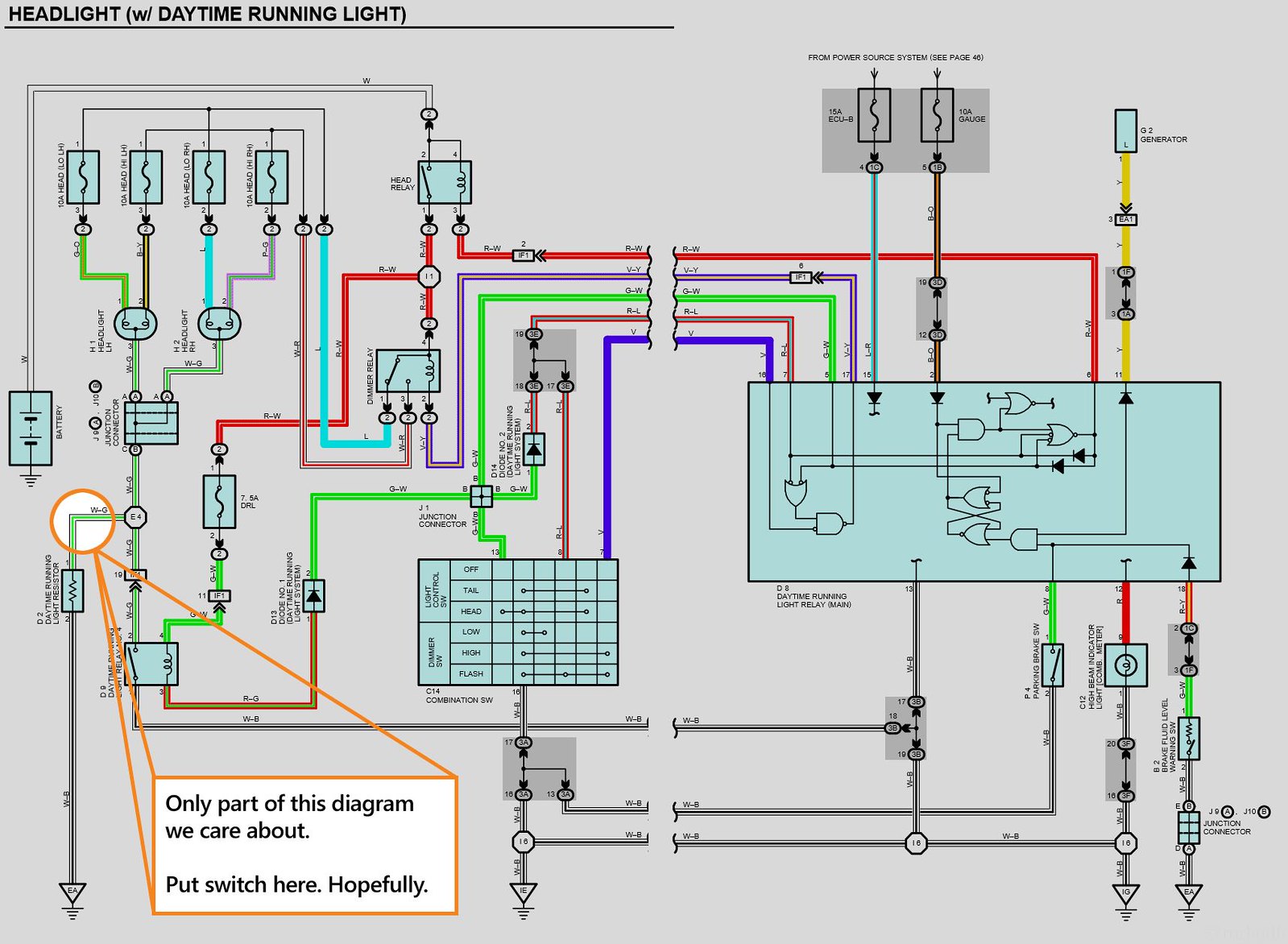

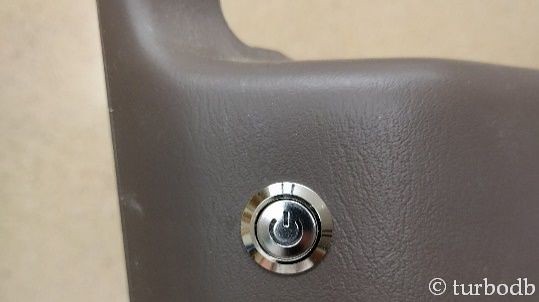

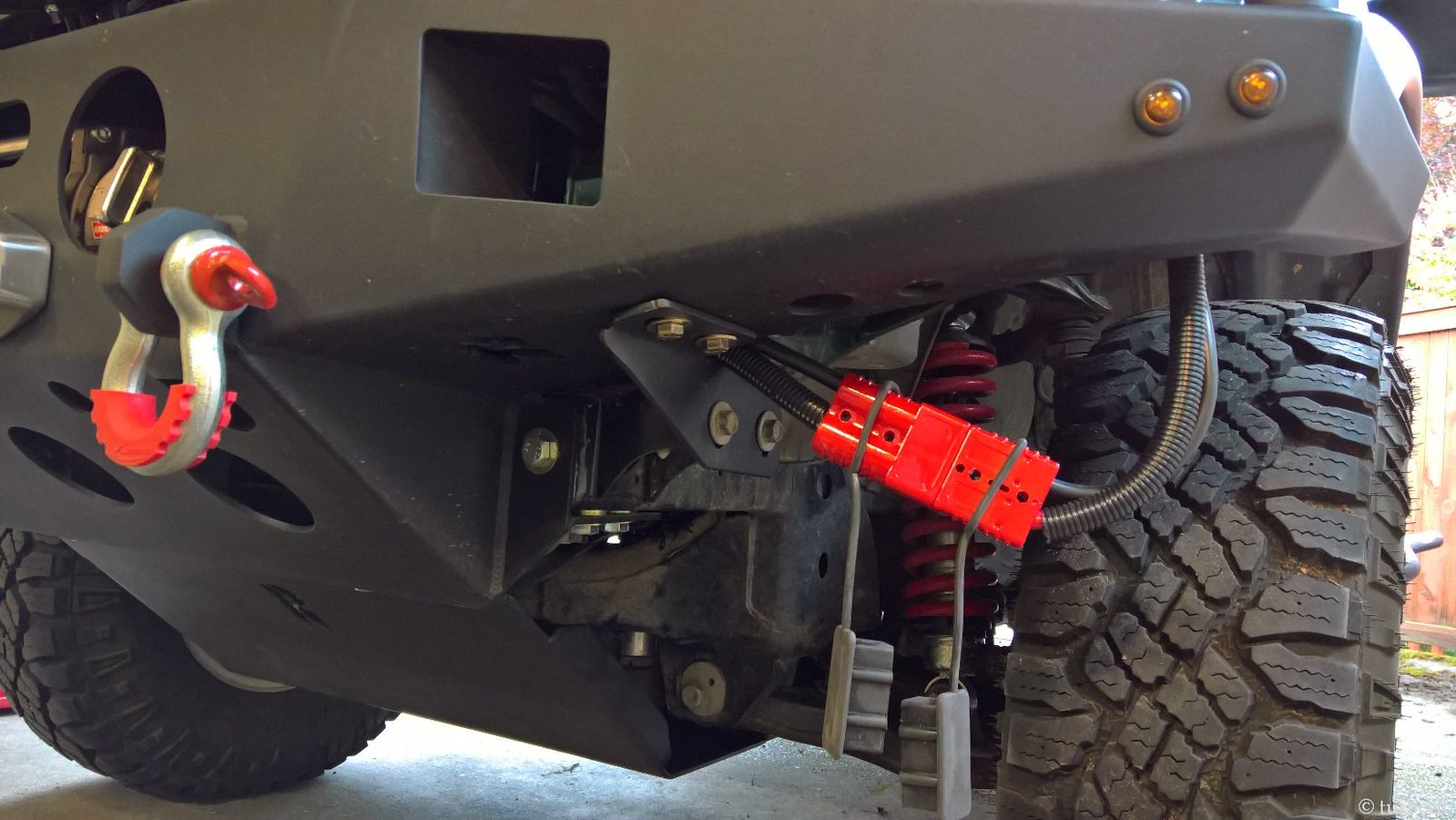


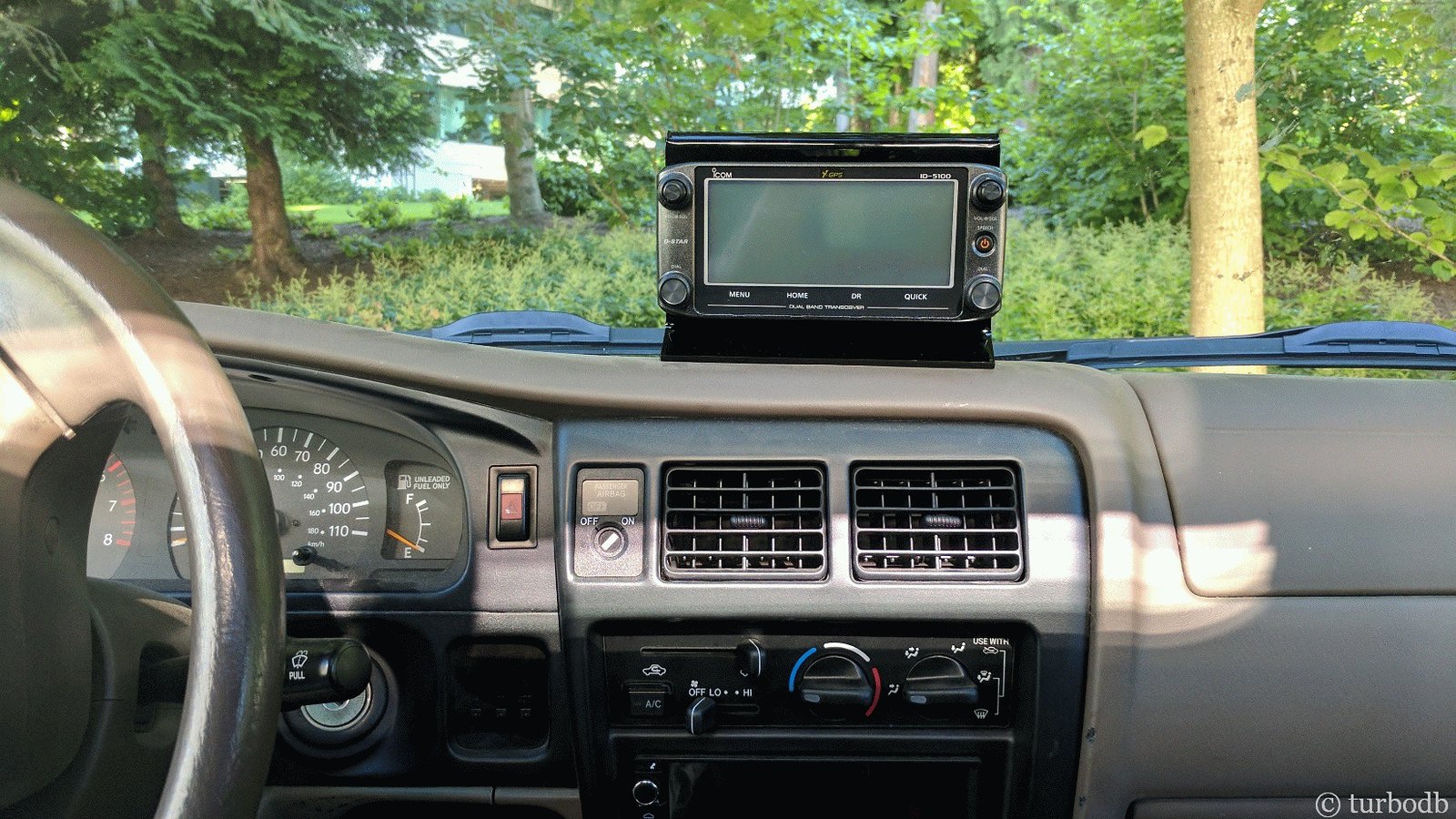
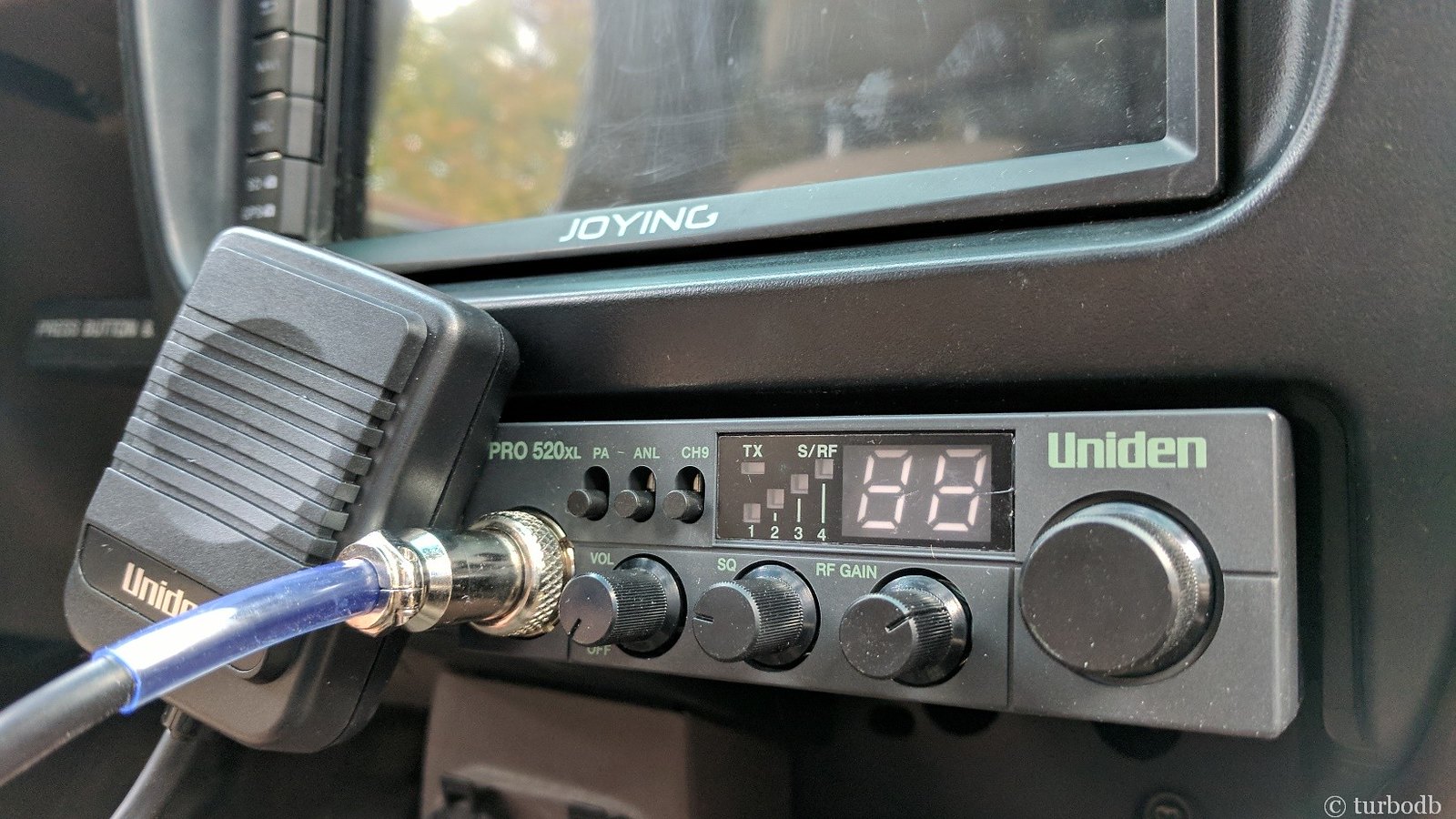
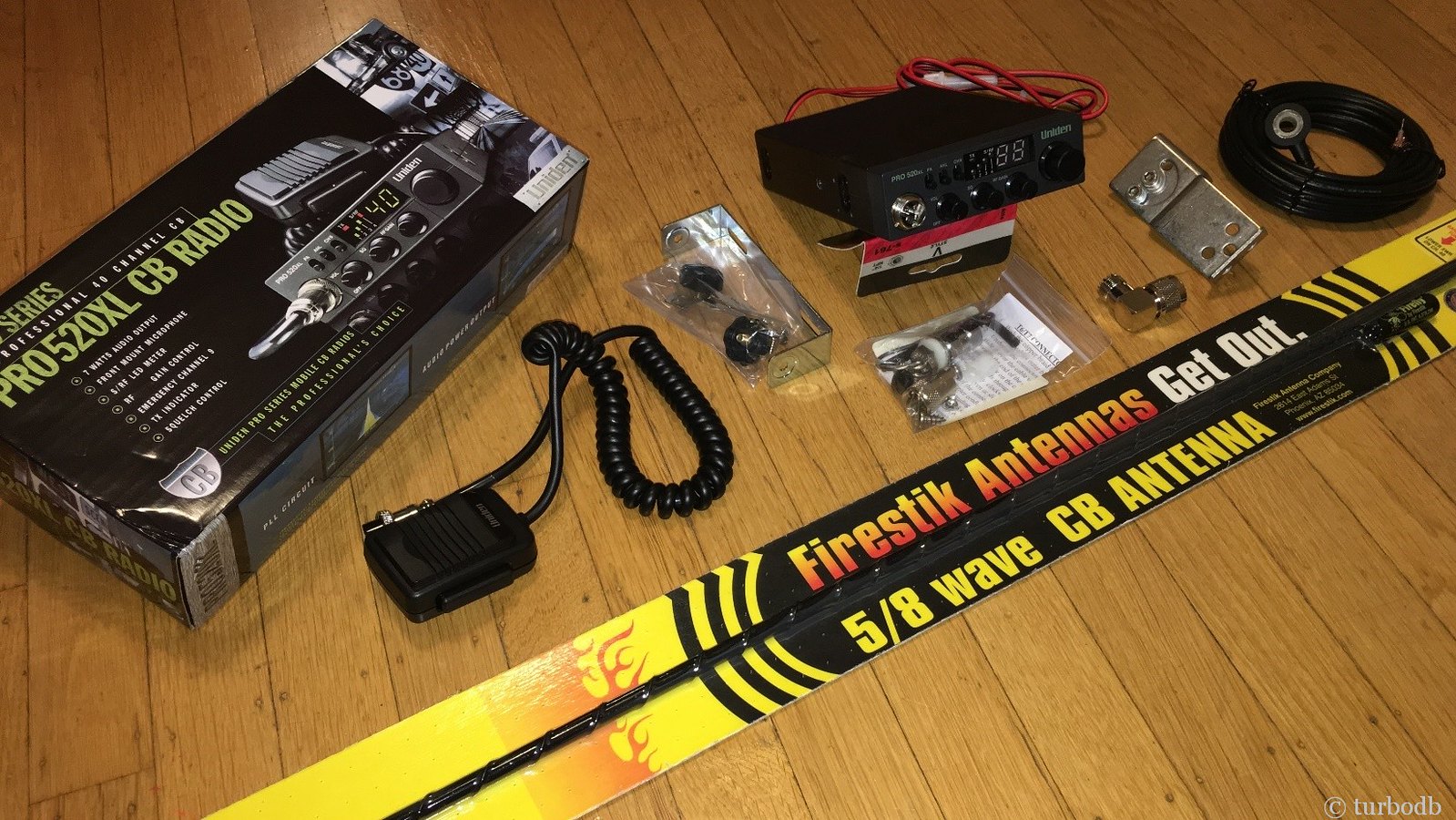
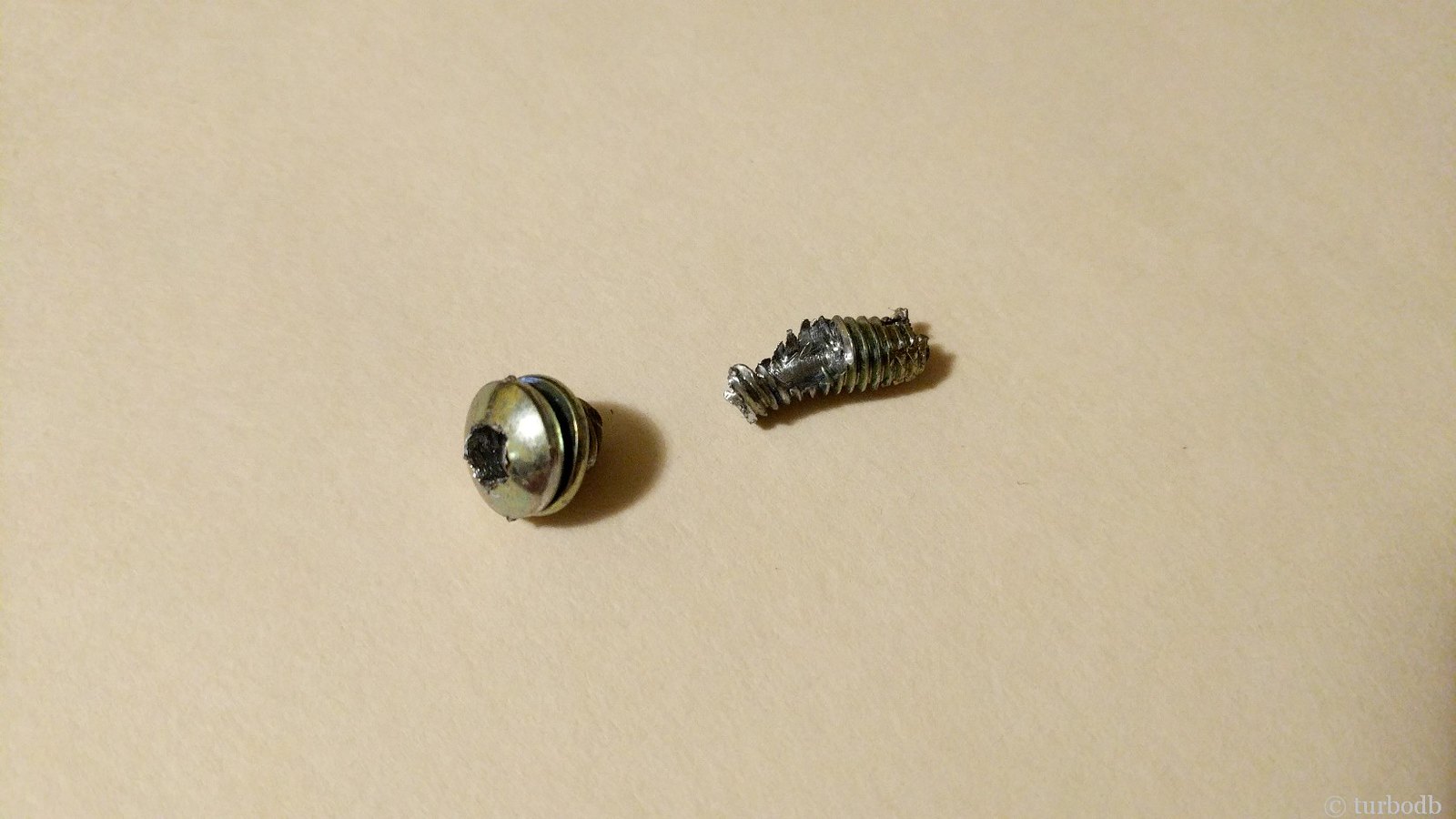




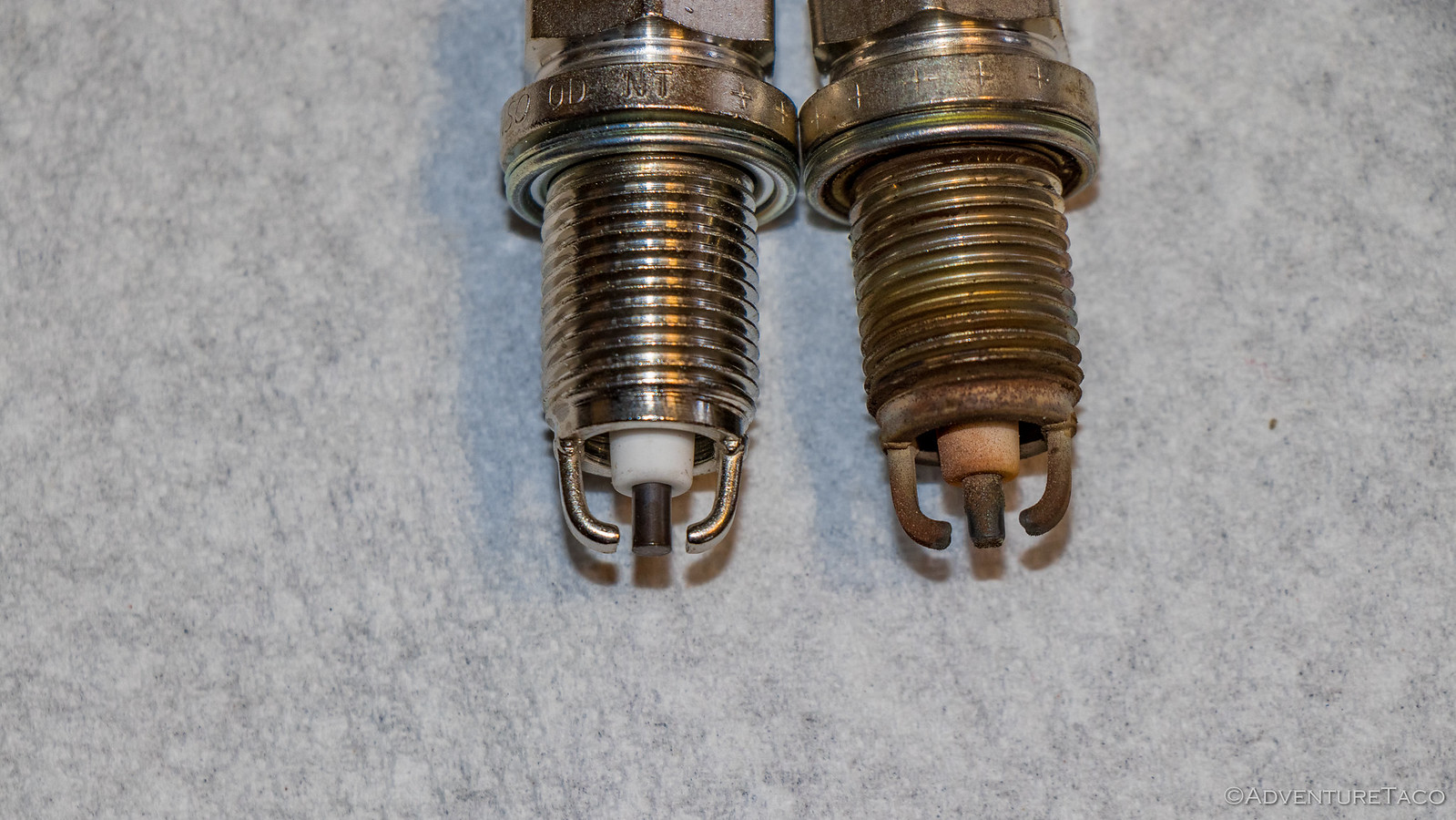




After worrying about my AGM’s for two years I bit the bullet and went with Litium ion batts from Battle Born.
Nice, I bet you'll love them Greg. I too am working on some electrical upgrades as we speak, but you'll just have to wait and see what they are when I post about them 😉
Can’t wait. Always entertaining.